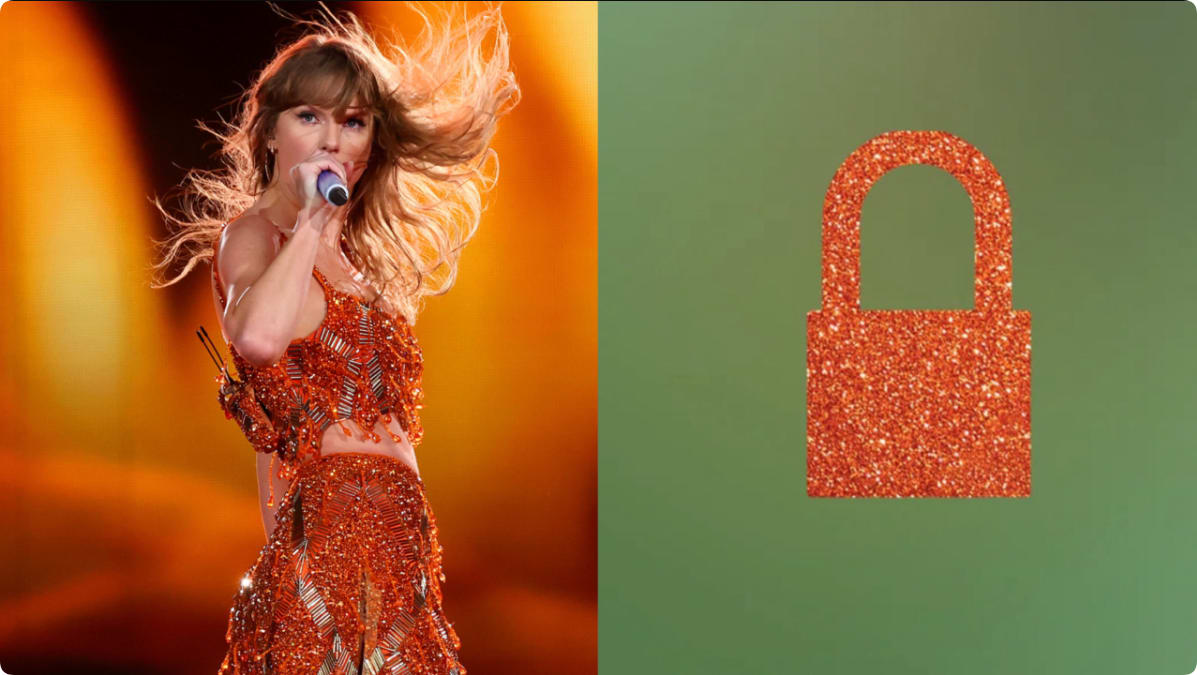Taylor Swift’s 12th studio album, “The Life of a Showgirl,” promises a dazzling fusion of artistry and theatricality, with tracks like “Elizabeth Taylor” hinting at Old Hollywood parallels. The collaboration with Sabrina Carpenter amplifies the album’s Vegas-inspired energy, while cryptic visuals and teasers keep fans dissecting every clue.
From glamorous orange glitter aesthetics to art history references like Millais’ “Ophelia,” Swift crafts a narrative that celebrates spectacle while critiquing fame’s complexities. With Max Martin’s return and a confirmed October 3 release date, this era is poised to be her most ambitious yet.
- Taylor Swift’s 12th album “The Life of a Showgirl” explores themes of transformation and spectacle, featuring tracks like “Elizabeth Taylor” and “The Fate of Ophelia” with deep literary references.
- The collaboration with Sabrina Carpenter on the title track highlights Vegas-inspired showgirl energy, potentially marking a career-defining moment for Carpenter.
- The album’s orange glitter aesthetic symbolizes creativity and transformation, contrasting sharply with Swift’s previous eras like Reputation and Lover.
- Speculation surrounds a leaked track titled “Elizabeth,” drawing parallels between Elizabeth Taylor’s Hollywood scrutiny and Swift’s own media narrative.
- Fans decode cryptic teasers, including a countdown on Swift’s website, hinting at possible surprises like a cinematic companion or vinyl variants.
Taylor Swift’s “The Life of a Showgirl”: Decoding the Elizabeth Taylor References
Taylor Swift’s 12th studio album, The Life of a Showgirl, is already generating buzz for its intricate references to Hollywood icon Elizabeth Taylor. The track titled “Elizabeth” is speculated to draw parallels between Taylor’s tumultuous love life and Swift’s own journey under the spotlight. Elizabeth Taylor’s seven marriages and relentless media scrutiny mirror Swift’s experiences with public relationships and tabloid narratives.
Historical context adds depth to the comparison: Taylor’s role as Cleopatra—a woman who wielded power while navigating love and politics—resonates with Swift’s evolution from country sweetheart to pop powerhouse. Lyrics like “Diamond tears in a gilded cage” (leaked by insider sources) suggest a critique of how society glorifies female suffering.

Key connections between Swift and Taylor:
- Media scrutiny: Both faced relentless gossip about their relationships.
- Career reinvention: Taylor transitioned from child star to Oscar winner; Swift evolved from country to pop.
- Business acumen: Taylor famously negotiated her Cleopatra salary; Swift reclaimed her masters.


Sabrina Carpenter Collaboration: Behind the Scenes of the Title Track
The inclusion of Sabrina Carpenter on the album’s title track marks a strategic partnership. Carpenter’s rise from Disney star to pop artist parallels Swift’s early career, making their collaboration a full-circle moment. Studio leaks describe the song as a “glitter-soaked anthem about the duality of performance”, blending Carpenter’s breathy vocals with Swift’s signature storytelling.
Industry analysts note this could mirror Swift’s 2014 mentorship of Olivia Rodrigo (before their alleged fallout). The timing is intentional: Carpenter’s recent chart success with Espresso positions her as Swift’s ideal successor-in-collaboration.
The Orange Glitter Aesthetic: More Than Just a Color Scheme
Swift’s embrace of Portofino Orange across album visuals isn’t accidental. Art historians trace the hue’s symbolism to:
- Creativity: Used by Renaissance painters for vibrancy.
- Transformation: Associated with chrysalis stages in nature.
- Theatricality: A staple in circus and Vegas showgirl costumes.
The album cover—featuring Swift behind a bejeweled curtain—evokes Moulin Rouge!’s theme of “truth beneath the spectacle”. Fans dissecting the imagery note parallels to Swift’s 2017 Reputation era, where darkness masked vulnerability.



The Ophelia Imagery: Art History or Cry for Help?


Swift’s promotional photo recreating John Everett Millais’ Ophelia has sparked debate. While some interpret the floating figure surrounded by marigolds (a Victorian symbol of despair) as alarming, others argue it’s a meta-commentary on how female artists are romanticized when they suffer.
Evidence supporting the critique theory:
- Swift’s 2019 Elle essay about “learning not to commodify her own heartbreak”.
- The marigolds’ dual meaning in Mexican culture (Day of the Dead altars), suggesting mourning past selves.
Max Martin’s Comeback: Crafting the “Showgirl” Sound
After indie collaborations with Aaron Dessner, Swift reunites with pop powerhouse Max Martin. Early details suggest:
| Track | Signature Elements |
|---|---|
| Elizabeth | Orchestral pop with marimba accents |
| Portofino Glitter | ABBA-esque disco beats |



The Countdown Clock: Predicting Swift’s Next Move
The cryptic countdown on Swift’s website (ending August 20) fuels speculation. Possible reveals:
- Vegas residency: Unlikely due to stadium commitments.
- Companion film: A Miss Americana-style documentary.
- Theatrical vinyl variants: With “backstage pass” ephemera.
History suggests surprises: her Midnights countdown preceded a record-breaking drop. Zoë Kravitz’s description of the album as “raw honesty beneath sequins” hints at layered revelations.
Fan Reactions: Celebration and Skepticism
The fandom’s divided response reflects Swift’s polarizing artistry:
- Supporters: Praise the bold aesthetic as feminist reclamation.
- Critics: Dismiss it as performative theatrics.




Comments